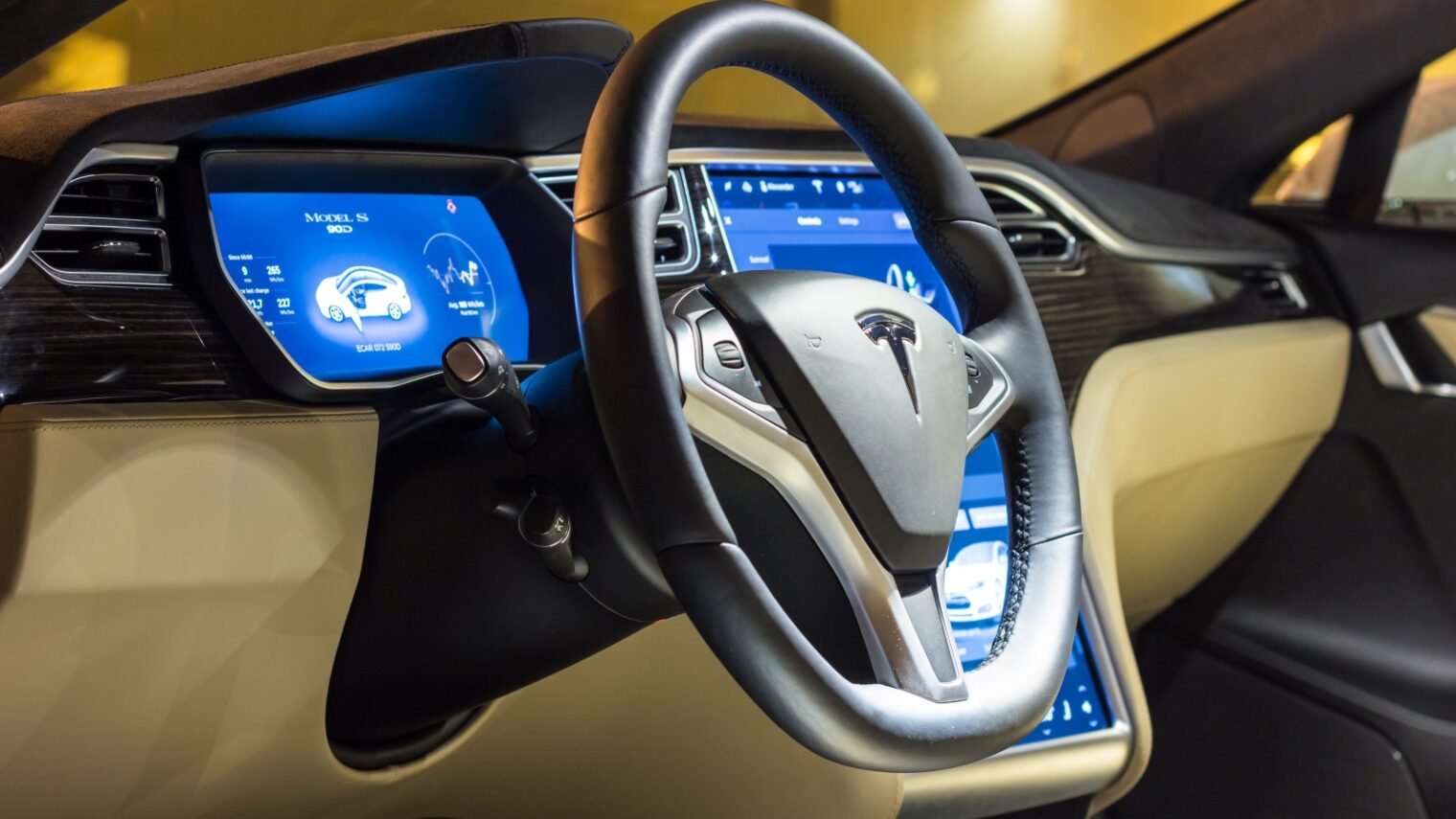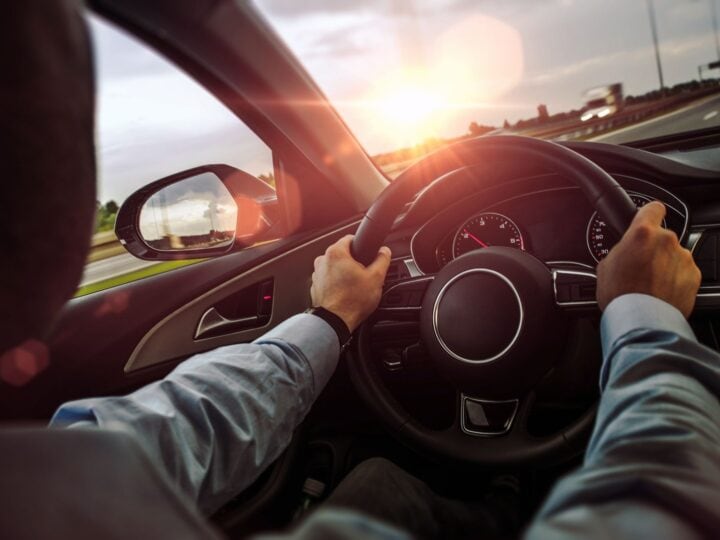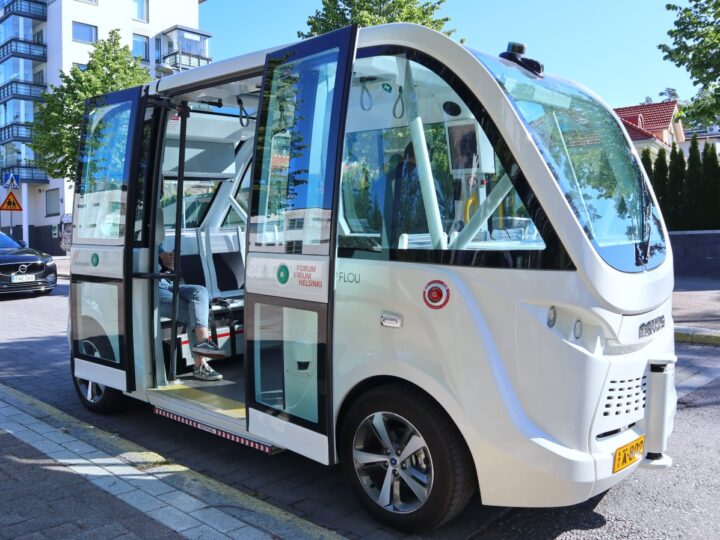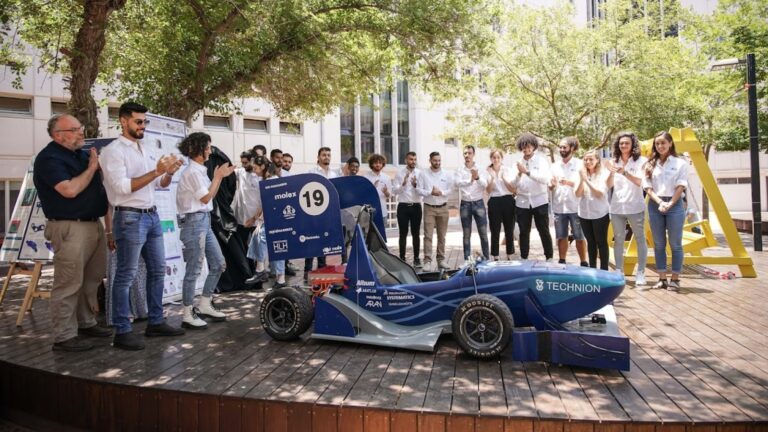The coming age of self-driving cars is expected to bring a new level of safety to automobile travel by drastically reducing human error.
However, a research team from California and Israel reveal in an article published in the first issue of the new journal Science Robotics that problems can arise when drivers of autonomous vehicles take over the steering from time to time.
Researchers from Ben-Gurion University of the Negev and the Dynamic Design Lab at Stanford University put 22 drivers on a 15-second track consisting of a straightaway and a lane change. They steered the car in one direction, then took their hands off the wheel and let the autonomous car bring them back to the start.
After going through this process four times, they drove the course 10 additional times with steering conditions that were modified to represent changes in speed or steering that may occur while the car drives itself.
Drivers who experienced certain changes in driving conditions since their last time at the wheel, such as changes in speed, had a period of adjustment. While they did not miss any turns, they were observed over- and understeering.
These challenges bring up the possibility that, depending on the particulars of the driver, the driving conditions and the autonomous system being used, the transition back to driver-controlled driving could be risky.
The researchers, who had a combined expertise in autonomous car design, human-robot interaction research and neuroscience, hope their findings can help in the design of future autonomous cars.
“Many people have been doing research on paying attention and situation awareness. That’s very important,” said lead author Holly Russell from Stanford. “But in addition, there is this physical change and we need to acknowledge that people’s performance might not be at its peak if they haven’t actively been participating in the driving.”
Mimicking a transition from self-driving
Changing the steering ratio from the standard 15:1 to 2:1 simulated the more sensitive steering feel that drivers experience at a higher speed. This modification made the car turn more sharply to simulate the way less steering-wheel movement is needed to make a lane change at a high speed versus at a low speed.
All drivers were given advance warning of the changes, yet during the altered steerin-ratio trials the drivers’ steering maneuvers differed significantly from their paths previous to the experimental modifications.
“Even knowing about the change, being able to make a plan and do some explicit motor planning for how to compensate, you still saw a very different steering behavior and compromised performance,” said co-author Lene Harbott.
The participants also drove the course another six times, after being taken back to the start by the car, with the original conditions restored. Again, drivers who experienced the steering-ratio change displayed a clear period of adjustment, understeering as they tried to complete their lane change.
“In neuroscience this is explained as a difference between explicit and implicit learning,” said Prof. IIana Nisky, co-author of the study and head of the Biomedical Robotics Lab at BGU. “Even when a person is aware of a change, their implicit motor control is unaware of what that change means and can only figure out how to react through experience.”
The joint study was funded by the Revs Program at Stanford University, the Toyota Class Action Settlement Safety Research and Education Program, the Israel Science Foundation, the Helmsley Charitable Trust through the Agricultural, Biological and Cognitive Robotics Initiative of Ben-Gurion University of the Negev and the US National Science Foundation.
“If someone is designing a method for automated vehicle handover, there will need to be detailed research on that specific method,” said Harbott. “This study is the tip of the iceberg.”
















